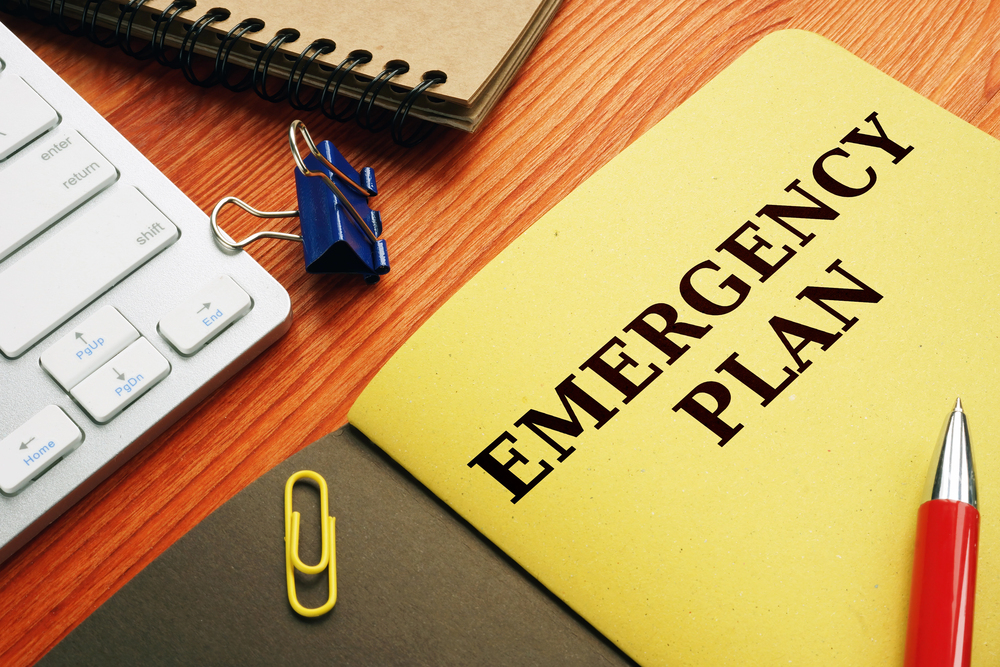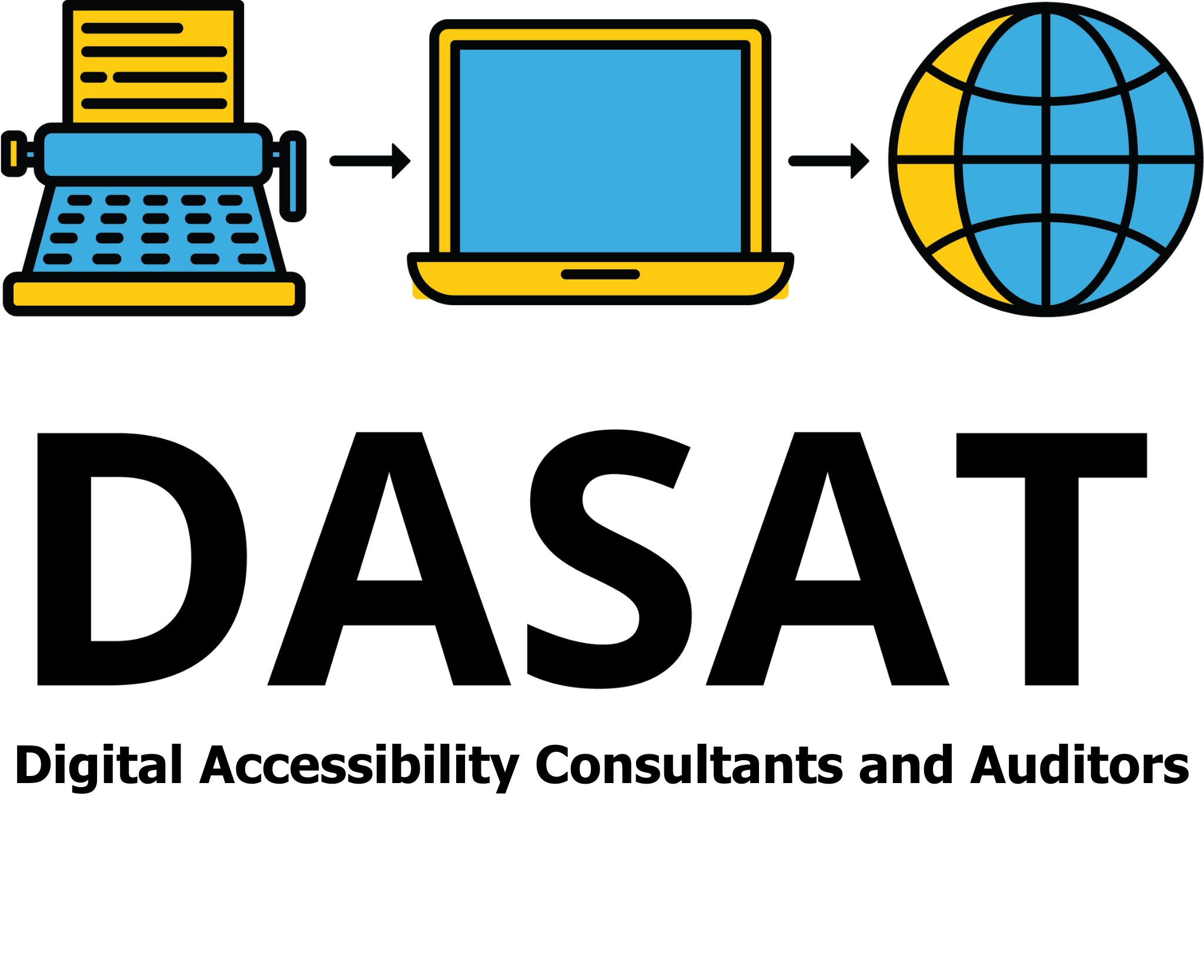
Digital accessibility and emergencies. What is the link?
2025 has been a year of storms for Queensland residents. North Queensland had to deal with rain and flooding early in the year. Tropical cyclone Alfred caused issues for the residents of Southeast Queensland in the last week. Queensland government authorities and the media put out many messages and reports to inform the residents of the steps to take to be safe during this emergencies.
However, there was one group of people that were not able to access all the emergency information. Most of the documents including websites were not completely accessible. Some were not partially accessible. This resulted in some residents having heightened anxiety and frustration in trying to ensure their own safety.
Emergency Preparation documents provide critical information about safety procedures, evacuation routes, and emergency contacts. However, when these documents are not digitally accessible, they can create significant challenges for people with disabilities, putting their safety at risk.

Why Digital Accessibility Matters
Digital accessibility ensures that all individuals, including those with visual, auditory, cognitive, or physical disabilities, can access and understand important information. When emergency documents are not designed with accessibility in mind, they may be unreadable by assistive technologies such as screen readers, voice recognition software, or alternative input devices.
Inaccessible emergency information can leave individuals unprepared during critical situations, increasing their vulnerability. With natural disasters, fires, or public health crises occurring unexpectedly, timely and clear communication is essential. People with disabilities must receive the same level of preparedness as everyone else, but inaccessible documents create barriers that prevent them from accessing safety procedures or contacting emergency services effectively. The barriers cause heightened stress, anxiety and fear.

Challenges Faced by People with Disabilities
- Inaccessible Formats – PDFs and images without proper alt text or readable structures prevent screen readers from interpreting the content correctly.
- Complex Language – Emergency plans with jargon-heavy wording can be difficult to understand, particularly for individuals with cognitive disabilities.
- Lack of Captioning and Transcripts – Audio and video emergency messages without captions or transcripts exclude people who are deaf or hard of hearing.
- Unusable Interactive Features – Poorly designed websites or emergency apps that do not support keyboard navigation make it difficult for individuals with mobility impairments to access critical information.
In addition, many emergency response systems rely on automated phone messages or written materials that may not be compatible with assistive technology. These barriers prevent people from receiving real-time updates, which could mean the difference between reaching safety and being trapped in a dangerous situation.

The Consequences
When emergency preparation documents are not accessible, individuals with disabilities may face:
- Delayed access to life-saving information – Emergency alerts and instructions may not be available in a format they can understand or use.
- Inability to follow evacuation procedures – People with disabilities may rely on specific instructions tailored to their needs, which they cannot access in real-time.
- Lack of access to support networks – During emergencies, support workers, caregivers, or family members may be unavailable due to displacement or communication failures, leaving individuals to navigate crises alone.
- Increased risk of injury or harm – Without accessible instructions, individuals may not know where to go for shelter, how to communicate with emergency services, or what steps to take to stay safe.
- Barriers to accessing relief resources – After an emergency, individuals with disabilities may struggle to apply for aid, find accessible housing, or obtain medical care due to inaccessible documentation and communication barriers.
- Isolation and heightened anxiety – When information is not accessible, individuals may feel left behind or uncertain about what to do next, increasing stress and confusion during emergencies.
- Reduced ability to communicate needs – If emergency services are only reachable via voice calls, people with speech or hearing disabilities may struggle to request assistance, further endangering their safety.

Practical Strategies
To ensure that emergency preparedness is inclusive, organizations and government agencies should implement the following strategies:
- Provide Digitally Accessible Documents – Emergency plans should always be available in accessible formats such as HTML, structured PDFs, easy read and plain text, ensuring compatibility with assistive technology.
- Ensure Website Accessibility – Emergency response websites should comply with Web Content Accessibility Guidelines (WCAG), allowing all users to navigate and access information easily.
- Offer Multiple Communication Channels – Emergency alerts should be available in various formats, including text, audio, and sign language videos, to ensure they reach diverse audiences.
- Train Emergency Responders on Accessibility Needs – First responders should be aware of the challenges faced by people with disabilities and be equipped to provide necessary support.
- Run Preparedness Workshops – Community-based workshops can help individuals with disabilities learn how to prepare for emergencies and access the necessary resources in a crisis.

Conclusion
Emergency preparedness documents must be accessible to everyone. When they are not, people with disabilities face increased risks, as they may not have access to vital information, support networks, or emergency strategies. In an emergency, these barriers can mean the difference between safety and disaster.
Ensuring that emergency preparedness plans are inclusive is not just a best practice, it is a necessity. By removing digital accessibility barriers and implementing practical strategies, we can create a safer and more equitable system for all individuals, regardless of ability.
If you noticed inaccessible documents during the storm please contact Queensland Disability Network or email Guide Dogs Queensland.
For more information on accessibility best practices, Contact Us.
